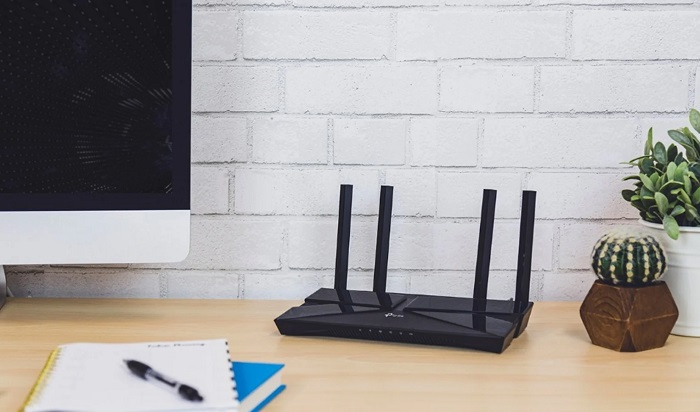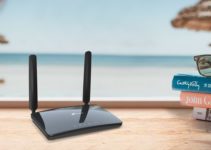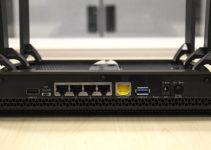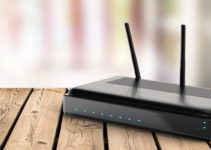TP-link is one of the best router manufacturers in the industry. Router login means to log into your router. You can access many features of the router after logging in. TP-link provides many functions in the router that you can use, like security, access controls, and much more.
Understanding TP-Link Routers
TP-Link is a leading provider of networking products, offering a wide range of routers designed to meet the needs of various users, from basic home networks to advanced business setups. TP-Link routers are known for their robust performance, intuitive interfaces, and advanced features such as parental controls, guest networks, and Quality of Service (QoS) settings.

Why Login to Your TP-Link Router?
Logging in to your TP-Link router’s web interface provides access to a wealth of features and settings, including:
- Network Configuration: Customize network settings such as IP addresses, DHCP, and port forwarding.
- Wireless Settings: Manage WiFi networks, security settings, and guest access.
- Security: Set up firewall rules, access controls, and VPNs to enhance network security.
- Firmware Updates: Check for and install firmware updates to ensure optimal router performance and security.
- Troubleshooting: Diagnose and troubleshoot network issues, view device logs, and reset the router if necessary.
Read Also:
Why Do I Need to Login into My Router?
- When setting up a new connection (Internet connection), you need to set-up IP and DNS addresses to use the internet.
- When you want to change your WiFi password, you need to login into your router.
- There are many features that you can access after logging into your router.
- You can check your connection strength and speed.
Features You Can Access After Login
- Access Control: You can set-up your own controls after logging into your router. You can see and remove other users who are connected to the router. You can blacklist devices from connecting to your router. You can change the name and password of your router (WiFi). You can also gain control over internet usage.
- Speed Test and Usage: You can check the speed of the connection( internet). You can also view the usage is done by an individual device. You can restrict any device from using the internet.
- Install a new connection: When you need to install a new connection you need to set-up your router and fill-in information about IPs and DNS address etc., for that, you need to login into your router.
How to Login To TP-Link Router
There are two ways to login into your router.
Method #1
In this method, you’ll need to connect your device( PC or Smartphone) to your router (WiFi), and then you can log in to your router. It is pretty easy; just follow the steps below to login.
Step 1: Open a web browser on your device (Chrome or Firefox).
Step 2: In the search bar type 192.168.1.1 or 192.168.1.0 depending upon your model and hit Enter.
Step 3: Now you’ll be redirected onto a login page. In the username field, type admin, and in the password field type password.
That’s it. You have successfully logged into your router.
Method #2
In this method, you are going to create a PPPoE connection. PPPoE stands for point-to-point protocol over Ethernet; it is used to connect devices to a local area network (LAN). To set-up, PPPoE connections simply follow the steps below.
Step 1: Connect your computer to the router with an Ethernet cable.
Step 2: Then open your web browser and type 192.168.1.1 and hit Enter.
Step 3: Now locate the router management page and click on Network.
Step 4: Then select WAN and change the connection type to PPPoE.
Step 5: Enter the login details (username= admin and password= password).
Step 6: Finally, save the settings and reboot your router.
You’ve successfully set-up the PPPoE connection.
Tips for Securing Your TP-Link Router Login
To enhance the security of your TP-Link router login, consider the following tips:
- Change Default Credentials: After logging in for the first time, change the default username and password to unique, strong credentials.
- Enable Two-Factor Authentication: If supported, enable two-factor authentication (2FA) for an additional layer of security.
- Update Firmware Regularly: Keep your router’s firmware up to date by checking for and installing updates regularly to patch security vulnerabilities and ensure compatibility with new features.
- Disable Remote Management: Unless necessary, disable remote management to prevent unauthorized access to your router’s settings from outside your network.
- Use Strong Encryption: When configuring WiFi networks, use strong encryption methods such as WPA2 or WPA3 to protect against unauthorized access.
Troubleshooting TP-Link Router Login Issues
If you encounter issues logging in to your TP-Link router, consider the following troubleshooting steps:
- Check Connectivity: Ensure your device is properly connected to your TP-Link router and that you’re using the correct IP address.
- Clear Browser Cache: Clear your web browser’s cache and cookies, then try accessing the router’s web interface again.
- Reset Router: If you’ve forgotten your login credentials or are unable to access the router’s web interface, perform a factory reset by pressing the reset button on the router for 10-15 seconds.
FAQs
- What if I can’t remember my TP-Link router’s default IP address? Consult your router’s documentation or check the router’s label for the default IP address. Alternatively, you can use a network scanning tool to discover devices on your network and identify the router’s IP address.
- Can I access my TP-Link router’s settings remotely? Remote access to your router’s settings may be possible, but it’s not recommended for security reasons. If you need to access your router remotely, consider using a Virtual Private Network (VPN) for secure access.
- What should I do if I encounter issues after logging in to my TP-Link router? If you experience issues after logging in, such as network connectivity problems or performance issues, consult your router’s documentation or contact TP-Link support for assistance.
Read Also:
Conclusion
At the end of the article, I hope you’ve learned how to login into the TP-Link router. There are many features you can access by logging into your router.


